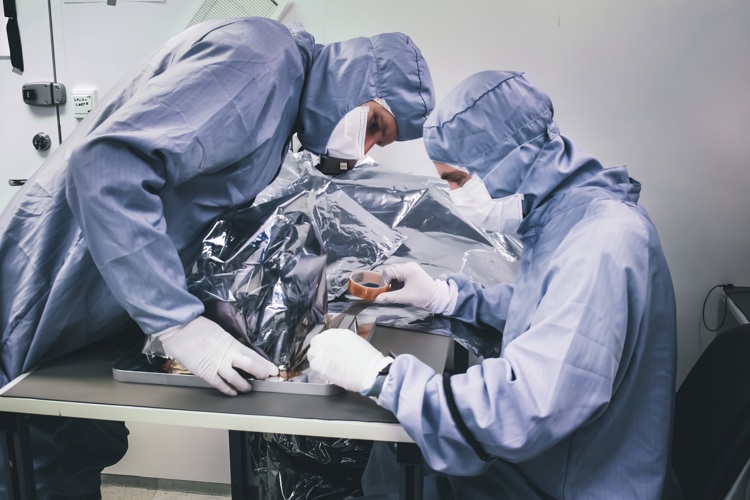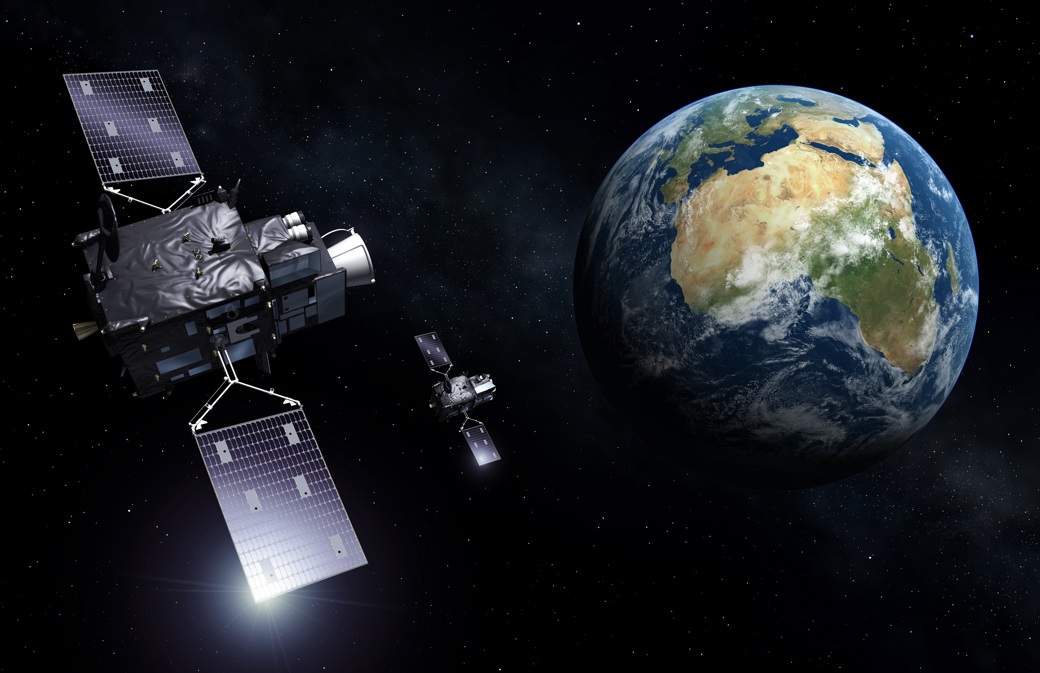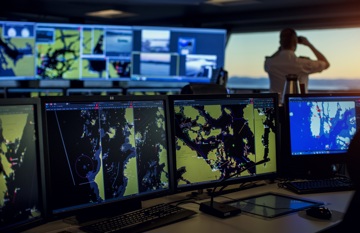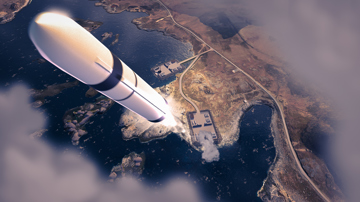Both the MetOp-SG and MTG satellite programmes include a number of instruments providing complementary data in order to achieve precise and accurate climate monitoring and weather forecast. The satellites will operate and send data back to Earth continuously. The data collected is crucial in the long-term strategic planning for climate change adaption, and to be able to reach the sustainability goals set by the United Nations.
The meteorological satellite programmes will address future challenges in weather forecasting and other services for European citizens, such as improved air quality or UV-radiation warnings, as well as climate and atmospheric chemistry monitoring. KONGSBERG’s has, from its Kjeller location, developed and delivered laser and laser receiver systems for space interferometers since the 1990’s.
Space interferometers monitor light thermally emitted from the earth and its atmosphere. The output will be used to identify the gases present in the atmosphere, and their concentration. The laser and laser receiver works as an internal calibration unit, continuously monitoring the position of a scanning mirror within the interferometer with sub-micrometer precision.
“While the human eye can only see 3 colours, these interferometers can see thousands – in the infrared. In part thanks to KONGSBERG’s laser systems,” says Magnus Breivik, Senior Project Engineer at Kongsberg Defence & Aerospace’s division for Space & Surveillance. “Without our laser reference products, the satellites are not able to determine which gases it is looking at,” he explains.

“We deliver the components for calibration and resolution needed to obtain correct measurement accuracy, which is necessary to identify gases and to calculate gas concentrations,” says Sedsel Fretheim Thomassen, Program Manager Launcher Mechanisms and Electro-Optics.
a laser beam
The RAU is a pointing mechanisms, which separates a laser beam into 3 beams accurately injected into the interferometer with an angular precision better than 0.01 degrees.
“With an angular precision better than 0.01 degrees means it could hit a 1.5 cm target from 100 m,” Breivik explains. “After hitting the mirror, the beams return to the RAU receiver section where the optical signal is converted into an electrical signal for acquisition.“
extreme accuracy
“The LASE contain a wavelength stabilized laser in addition to a receiver section. The LASE emits a laser beam with extreme wavelength accuracy: 1542.3837 +/- 0.00015 nm. The accuracy is needed in order to achieve the necessary resolution and accuracy of the interferometer, which is needed to achieve the necessary accuracy of the gas concentration measurements,“ Thomassen explains.

European Space Agency
The MetOp-SG and MTG satellites are planned to be launched into space over the time period 2022 to 2037, with the Ariane spacecraft from Guiana Space Centre in French Guiana.
European Space Agency (ESA) works closely with industry to enable activities in space and prepare the future. ESA’s Ariane programme has been leading Europe to the forefront of space transportation for over 40 years. Europe's Ariane rocket first launched in 1979 from Europe’s Spaceport in French Guiana. Ariane 5 is today the cornerstone of Europe’s independent access to space. Currently in development, Ariane 6 will soon continue this adventure.



